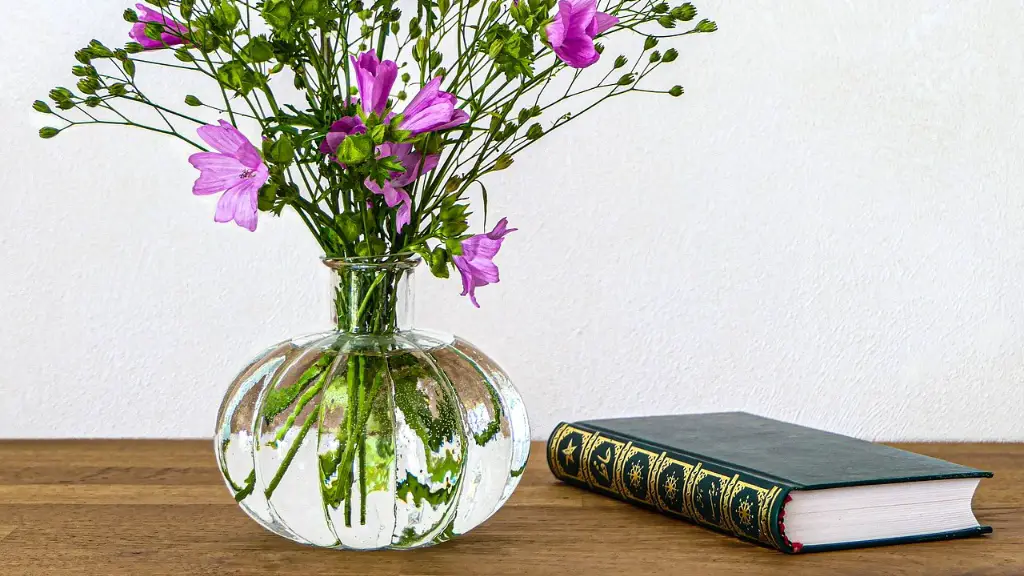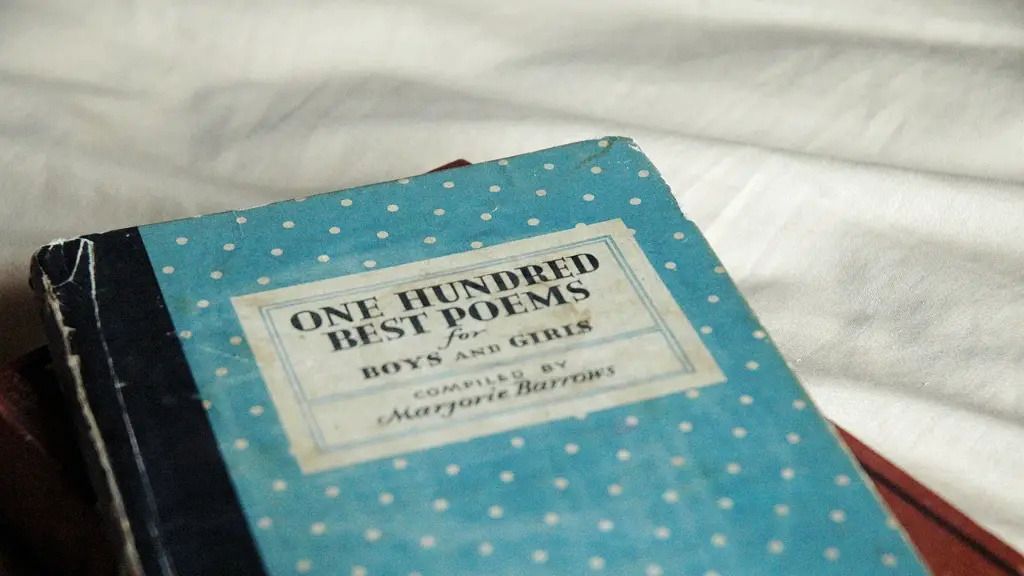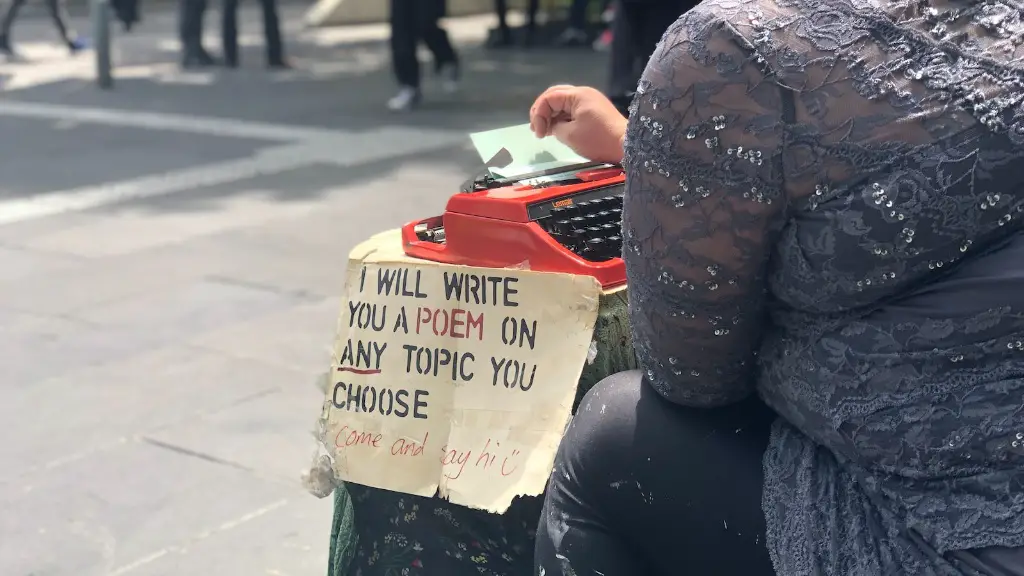Images in Different Types of Poetry
Paint-like images that capture moments in time are one of the most effective tools used by poets to communicate their ideas and communicate emotions. Images are used in all types of poetry, from traditional to modern, and can range from simple renderings of familiar objects such as stars, trees, or birds, to abstract, surrealistic, and even mythological images.
The Use of Imagery in Poetry
Imagery in poetry is a major element of constructing a powerful poem. Furthermore, an image, which can be an emotion, a physical object, or an idea, is an important literary element used by poets to construct powerful images. Images can be used to connect readers with a poem’s underlying meaning, or to express emotions or ideas. Poets use imagery to create tangible representations of the ideas embodied in their poems.
Types of Imagery in Poetry
Imagery in poetry can take many forms. It can be visual, verbal, auditory, olfactory, tactile, or abstract. Visual images are what we usually think of when discussing imagery in poetry – they are the figurative language and images used to depict a scene or create a picture in the mind of the reader. Examples of visual images in poetry can be a moonlit night, a crisp autumn day, a raging sea, and so on. Verbal imagery is a type of figurative language which uses vivid words to describe an object or emotion. It can be in the form of metaphor or simile. Auditory imagery is done using words that evoke a certain sound, like in this line from C.S. Lewis: “Her voice was the sound of a silver ray.” Olfactory imagery is used to create vivid impressions in the reader’s mind of a certain smell. Tactile imagery is when the poet uses words to evoke a certain sensation or feeling of touch. Abstract imagery is when the poet uses words that evoke abstract ideas or phenomena, such as love, death, or courage.
The Power of Imagery
Imagery has a great power over the reader’s imagination. In addition to evoking emotions, imagery can also help to create an atmosphere and set a mood. Good poets can use imagery to create powerful and unforgettable images that stay in the reader’s mind long after the poem has been read.
How to Create Strong Imagery in Poetry
Creating strong imagery in poetry begins with understanding what type of imagery to use in the poem and how to use it effectively. Visual images should be chosen carefully, as they are the primary way to convey a poem’s message. It is also important to keep in mind the use of metaphors and similes, which can make a poem much more powerful and vivid. The use of tactile and olfactory imagery can add depth and texture to a poem, while abstract imagery can be used to evoke more complex emotions.
Images in Poetry and Music
Music has often been used as a tool for expressing emotion and conveying meaning. Images in poetry, especially when accompanied by music, can be powerful tools in conveying sentiments and feelings to the listener. Musicians often use poetic images to augment their songs, and the combination of music, imagery, and poetic language can create powerful messages and evoke strong emotions in the listener.
Images in Modern Poetry
One of the primary differences between traditional poetry and modern poetry is the use of images. Modern poets often use more abstract images and concepts to capture the essence of their feelings. These images are often combined with concrete details, as well as metaphor, similes, and other figurative language to create vivid, multi-layered images for the reader.
Images in Non-Conventional Poetry
Non-conventional poetry often relies heavily on images to convey the message and emotion of the poem. Examples of such poetry include found poetry, visual poetry, concrete poetry and stream of consciousness poetry. Found poetry utilizes found words, phrases and objects to create a poem, while visual poetry often relies on visual imagery to create a poem. Concrete poetry uses words in a physical arrangement to create a poem, while stream of consciousness poetry focuses on the flow of thought and emotions. In all these forms of poetry, images are used in extremely inventive and creative ways to create powerful poems.
Images in Poetry and Art
Images and poetry are strongly interconnected and mutually influential. Art often provides the source material from which a poet can derive an image or metaphor, and conversely, a poem can lead an artist to create a unique piece of art. Images are an integral part of both art and poetry, and when these two meet, the result can be incredibly powerful and deeply affecting.
Using Images to Inform and Educate
Images in poetry can also be used to inform and educate. By carefully selecting and crafting images, poets can communicate ideas, facts, and observations in a captivating and memorable way. This can be especially useful in educational poetry, where teachers and students can use poetry to impart knowledge in a creative and engaging way.
The Impact of Images in Poetry
The power of imagery in poetry can never be underestimated. Poets have been using this age-old device since time began, and its ability to evoke emotion, convey ideas, and enchant readers is undeniable. By carefully selecting images and crafting powerful metaphors, poets can create an unforgettable masterpiece of expression.


